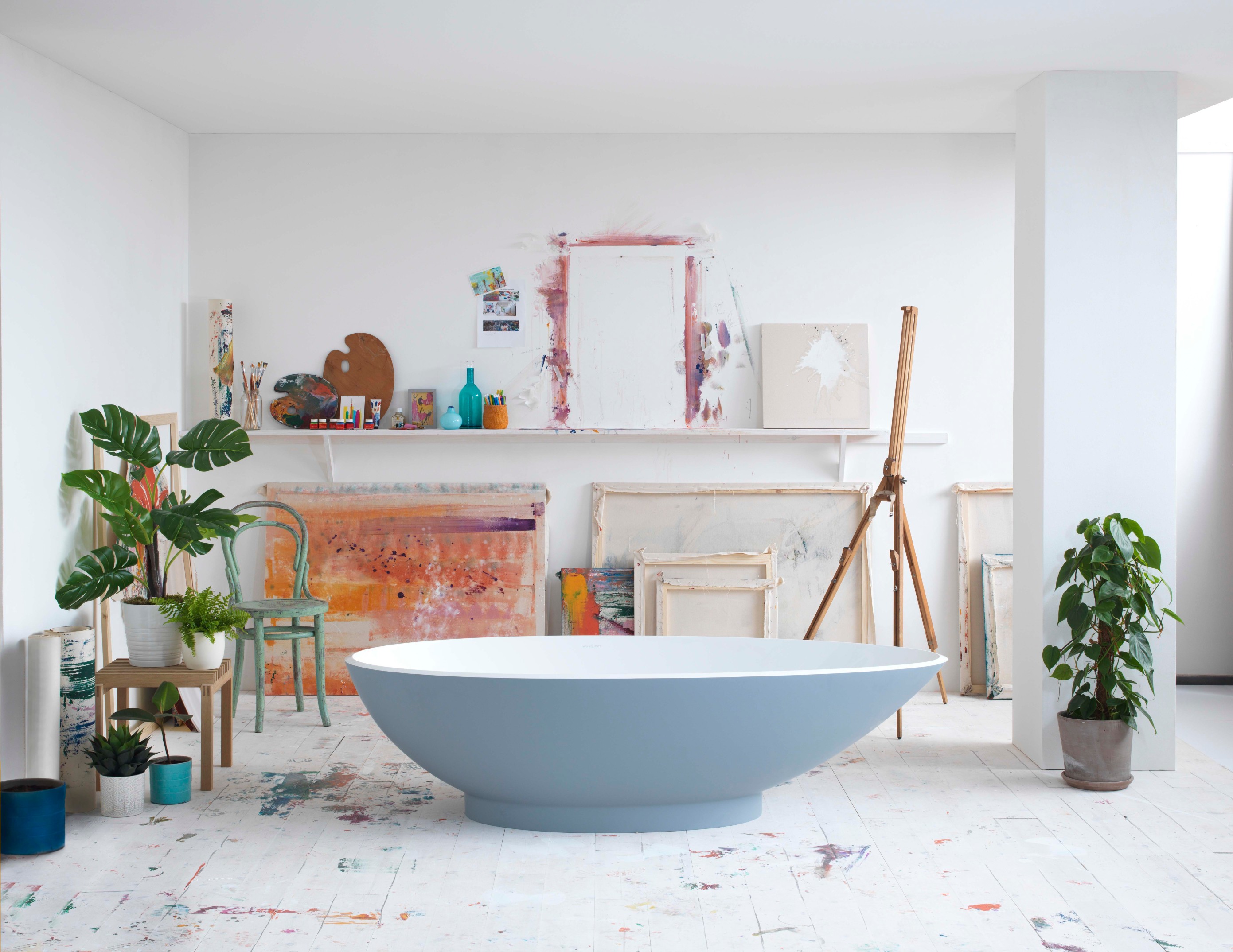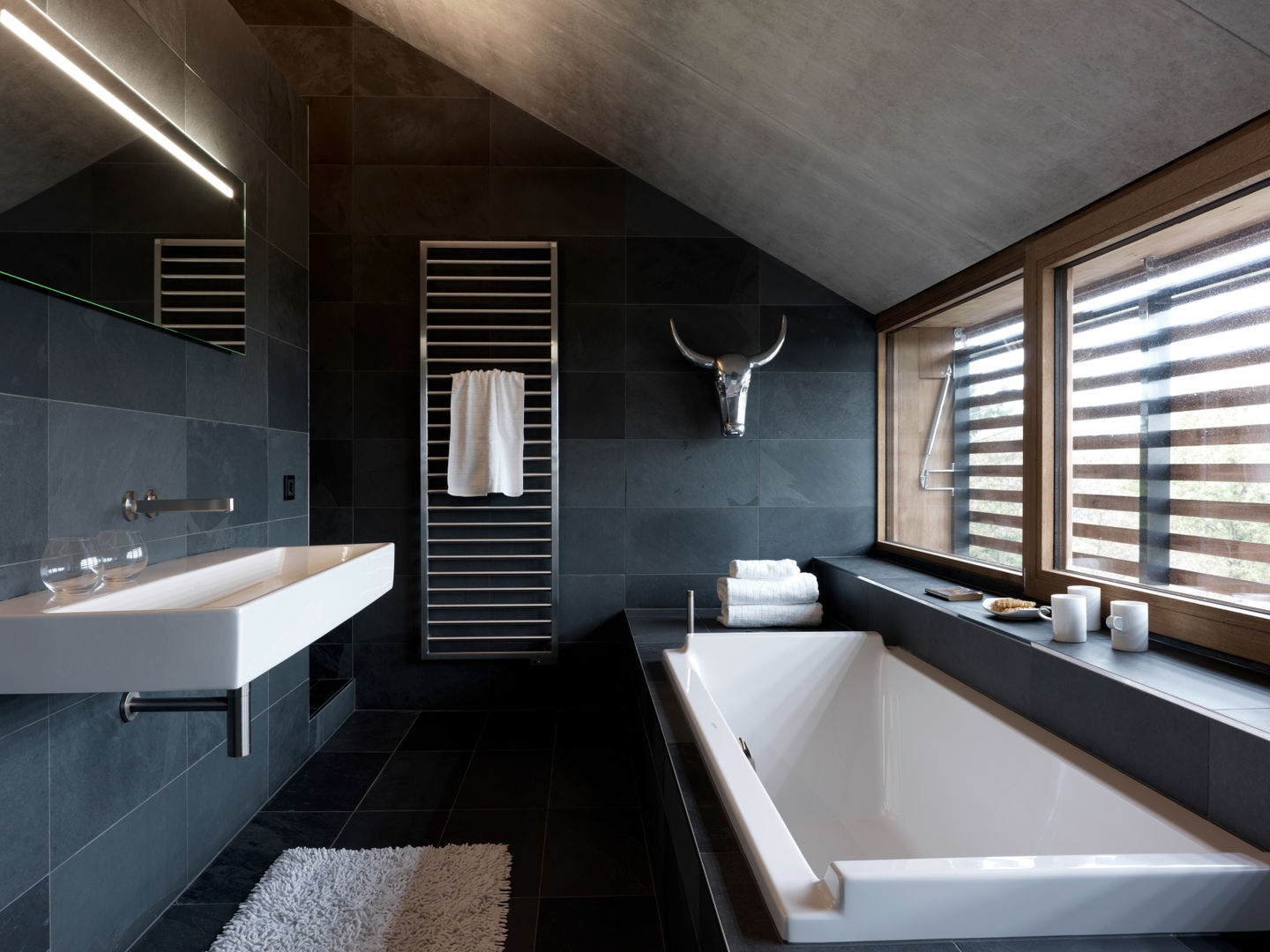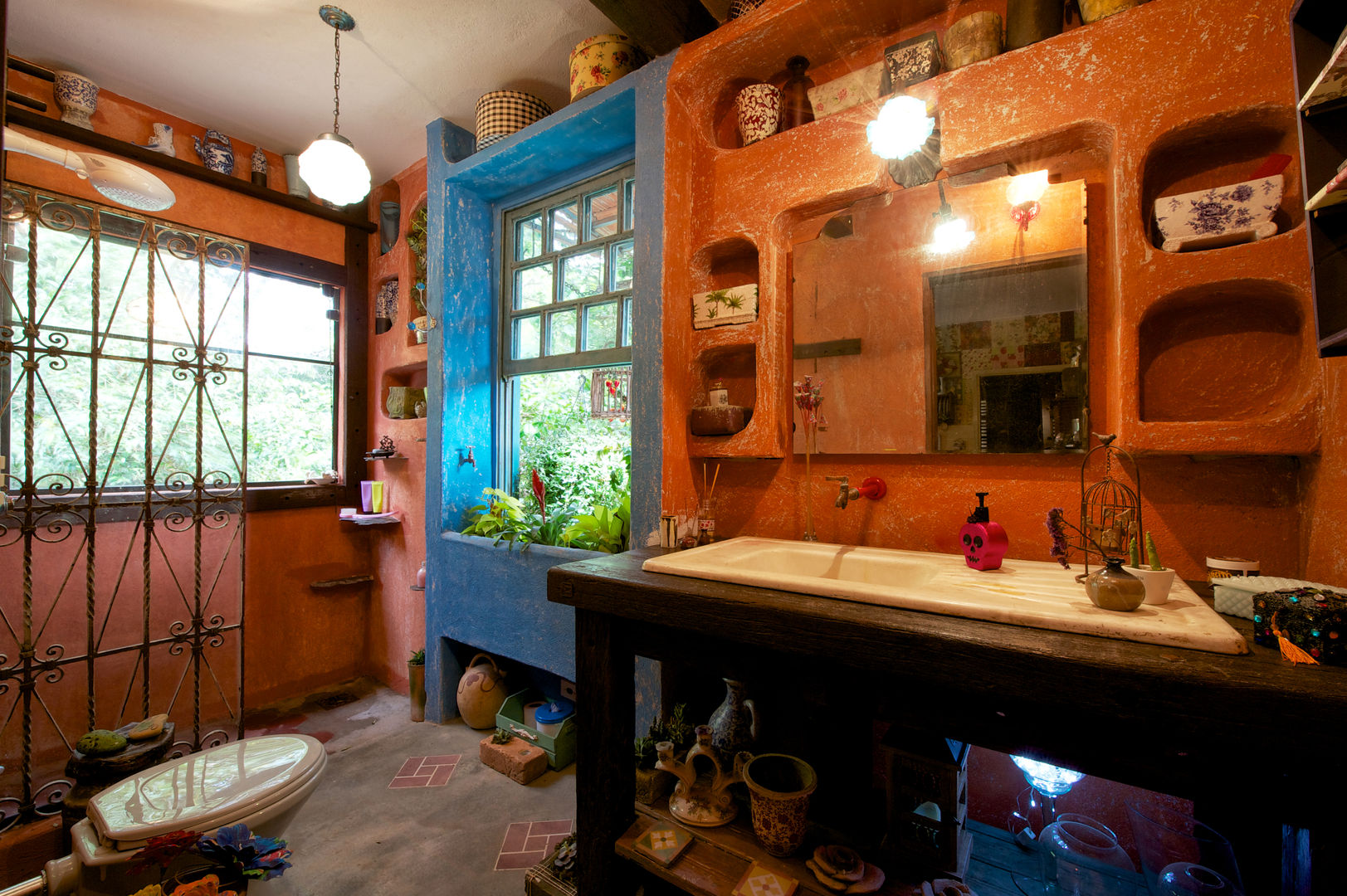Bathroom Paint Trends in South Africa: Bathroom Paint South Africa

The South African bathroom is undergoing a transformation, reflecting a shift towards a more modern, sophisticated, and personalized aesthetic. This evolution is evident in the paint choices homeowners are making, as they seek to create spaces that are both stylish and functional.
Color Palettes
The color palette for South African bathrooms is becoming increasingly diverse, with a move away from traditional white and towards more nuanced and sophisticated hues. This trend reflects a desire for a more personalized and expressive approach to interior design.
- Neutral Tones: Earthy neutrals, such as beige, gray, and taupe, remain popular choices for bathrooms, creating a calming and sophisticated atmosphere. These colors provide a versatile backdrop for various design elements, from natural wood accents to vibrant towels.
- Earthy Greens: Inspired by nature, earthy green shades, like sage, olive, and forest green, are gaining popularity. They bring a sense of tranquility and connection to the outdoors, making the bathroom feel like a sanctuary.
- Soft Blues: Soft blues, such as sky blue and powder blue, evoke a sense of peace and serenity, making them ideal for creating a calming and relaxing bathroom ambiance.
- Bold Accents: While neutral palettes are popular, homeowners are incorporating bolder accents to add personality and visual interest. This can be achieved through the use of accent walls in vibrant colors, such as teal, navy, or deep purple, or through the use of patterned tiles.
Paint Finishes, Bathroom paint south africa
The choice of paint finish plays a crucial role in creating the desired atmosphere and functionality in a bathroom. While matte finishes offer a timeless and elegant look, other finishes are gaining popularity due to their unique qualities.
- Matte: Matte finishes are known for their low sheen, which creates a soft and subtle look. They are ideal for hiding imperfections in walls and creating a sophisticated and understated aesthetic.
- Semi-Gloss: Semi-gloss finishes offer a balance between sheen and durability, making them a popular choice for bathrooms. They are easy to clean and resist moisture, while still providing a soft and elegant look.
- High-Gloss: High-gloss finishes are characterized by their high sheen, which adds a touch of luxury and glamour to the bathroom. They are highly reflective, making the space feel larger and brighter. However, they can also highlight imperfections in the walls.
Accent Walls and Color Blocking
Accent walls and color blocking techniques are increasingly being used in South African bathrooms to add visual interest and personality. These techniques allow homeowners to experiment with bolder colors and patterns, creating a unique and dynamic look.
- Accent Walls: Accent walls, painted in a contrasting color or pattern, can transform a simple bathroom into a stylish and personalized space. They can be used to highlight a particular feature, such as a freestanding bathtub or a vanity.
- Color Blocking: Color blocking involves using two or more colors to create distinct geometric shapes on the walls. This technique can add visual interest and create a sense of depth and dimension.
Influence of Natural Light and Room Size
The amount of natural light and the size of the bathroom significantly influence paint color selection. Light colors tend to reflect light, making small bathrooms feel larger and brighter. Darker colors can create a more intimate and cozy atmosphere in larger bathrooms.
- Small Bathrooms: In small bathrooms, light colors, such as white, cream, and pale blue, are often preferred to maximize the sense of space and light. Light colors can also make the bathroom feel cleaner and more inviting.
- Large Bathrooms: Larger bathrooms offer more flexibility in terms of color choice. Darker colors, such as navy, charcoal, or deep green, can create a luxurious and sophisticated atmosphere. However, it is important to ensure that the space does not feel too dark or oppressive.
Bathroom Paint Brands and Products

Choosing the right paint for your bathroom is crucial for a beautiful and long-lasting finish. The high-moisture environment demands paint that can withstand humidity, prevent mildew growth, and offer excellent durability.
Reputable Bathroom Paint Brands in South Africa
A range of reputable paint brands are available in South Africa, offering specialized products for bathroom use. Here are some popular choices:
- Dulux: Dulux is a renowned brand known for its high-quality paints and innovative solutions. Their bathroom-specific paints are formulated to resist moisture, mildew, and stains, ensuring a durable and hygienic finish.
- Plascon: Plascon is another leading paint brand in South Africa, offering a wide variety of bathroom paint options. Their products are designed to withstand the harsh conditions of a bathroom, providing excellent coverage and durability.
- ICI Paints: ICI Paints, a subsidiary of AkzoNobel, is a trusted name in the paint industry. They offer a comprehensive range of bathroom paints, including specialized formulations for high-moisture environments.
- Crown Paints: Crown Paints is a popular choice for both DIY enthusiasts and professional painters. Their bathroom paints are known for their excellent coverage, durability, and resistance to mildew.
- Earthcote: Earthcote is a brand known for its eco-friendly and sustainable paint options. Their bathroom paints are formulated with natural ingredients and are free of harmful chemicals, making them a healthy choice for your home.
Types of Bathroom Paint
Understanding the different types of paint available can help you make an informed decision for your bathroom. Here’s a breakdown of the most common types:
Acrylic Paint
Acrylic paints are water-based and offer excellent durability, mildew resistance, and ease of application. They are a popular choice for bathrooms due to their ability to withstand moisture and provide a smooth, washable finish.
Latex Paint
Latex paints are also water-based and are known for their fast drying time, low odor, and easy cleanup. They are a good option for bathrooms, offering good moisture resistance and a durable finish.
Epoxy Paint
Epoxy paints are two-part paints that are highly durable and resistant to chemicals and moisture. They are ideal for high-traffic areas and can be used on surfaces like floors and countertops. However, epoxy paints require careful application and can be more expensive than other options.
Characteristics of Bathroom Paint
Paint specifically designed for bathrooms should possess certain characteristics to ensure optimal performance in this demanding environment:
- Moisture Resistance: Bathroom paint should be able to withstand high levels of humidity and prevent water damage. This is achieved through the use of specialized resins and additives that create a moisture-resistant barrier.
- Mildew Resistance: Bathrooms are prone to mildew growth due to the presence of moisture. Paint designed for bathrooms should contain mildewcide additives that prevent the growth of mold and fungi.
- Durability: Bathroom paint should be durable enough to withstand the constant wear and tear of daily use. This includes resistance to scrubbing, cleaning agents, and general wear and tear.
- Washability: Bathroom walls often require frequent cleaning. Paint should be easily washable to maintain a clean and hygienic surface.
- Vapor Permeability: Bathroom paint should allow moisture to escape, preventing the buildup of condensation and promoting a healthy environment. This is achieved through the use of breathable paints that allow moisture to pass through while maintaining a moisture-resistant barrier.
Price Points and Coverage Rates
The price of bathroom paint can vary depending on the brand, type, and quality. Here’s a table comparing the price points and coverage rates of different bathroom paint options:
| Paint Type | Price Point (per liter) | Coverage Rate (per liter) |
|---|---|---|
| Acrylic | R150 – R300 | 10 – 12 square meters |
| Latex | R100 – R250 | 8 – 10 square meters |
| Epoxy | R250 – R500 | 5 – 7 square meters |
Note: Prices and coverage rates may vary depending on the specific brand and retailer.
Practical Considerations for Bathroom Painting

Painting a bathroom can be a rewarding DIY project, but it requires careful planning and execution to ensure a successful and long-lasting finish. Proper preparation is crucial for achieving a smooth, even, and durable paint job.
Preparing the Bathroom for Painting
Thorough preparation is the foundation for a successful bathroom painting project. This involves cleaning, patching, and sanding to create a smooth and even surface that will allow the paint to adhere properly.
- Clear the Bathroom: Remove all items from the bathroom, including towels, toiletries, and any furniture. This will provide ample space to work and prevent accidental paint splatters.
- Protect Surfaces: Cover floors, countertops, and other surfaces with drop cloths or plastic sheeting to prevent paint spills and drips.
- Clean the Walls and Ceiling: Wash the walls and ceiling with a mild detergent and water solution to remove dirt, grime, and mildew. Rinse thoroughly and allow the surfaces to dry completely.
- Patch and Repair: Use a putty knife to fill in any cracks, holes, or imperfections in the walls and ceiling. Allow the patching compound to dry completely before sanding it smooth.
- Sand the Surfaces: Sand the walls and ceiling with fine-grit sandpaper to create a smooth surface that will allow the paint to adhere evenly. This step also helps to remove any loose paint or debris.
- Prime the Surfaces: Apply a primer to the walls and ceiling. Primer helps to seal the surface, promote adhesion, and provide a uniform base for the paint. Choose a primer specifically designed for bathrooms to resist moisture and mildew.
Ventilation and Drying Time
Proper ventilation is essential for bathroom painting. This helps to prevent moisture buildup and allows the paint to dry properly.
- Open Windows and Doors: Open windows and doors to create cross-ventilation during and after painting. This will help to remove paint fumes and moisture.
- Use a Fan: If necessary, use a fan to circulate air in the bathroom. This will speed up the drying process and help to prevent moisture buildup.
- Allow Sufficient Drying Time: Allow the paint to dry completely before using the bathroom. The drying time will vary depending on the type of paint and the humidity level. Consult the paint manufacturer’s instructions for specific drying times.
Achieving a Smooth and Even Paint Application
Proper painting techniques are crucial for achieving a smooth and even finish.
- Use Quality Brushes and Rollers: Invest in high-quality brushes and rollers specifically designed for latex paint. This will help to ensure a smooth and even paint application.
- Apply Thin Coats: Apply thin coats of paint rather than thick ones. This will allow the paint to dry evenly and prevent drips and runs.
- Use Long, Even Strokes: Use long, even strokes when applying paint. This will help to create a smooth and consistent finish.
- Cut In Edges First: Use a brush to cut in around the edges of the walls and ceiling before using a roller to paint the main areas. This will create a clean and professional look.
- Roll with the Grain: When using a roller, roll with the grain of the wall or ceiling. This will help to create a smooth and even finish.
- Clean Up Immediately: Clean brushes and rollers thoroughly with water and soap immediately after use. This will prevent the paint from hardening and making the tools unusable.
Bathroom Painting Checklist
- Drop cloths or plastic sheeting: Protect floors and surfaces from paint spills and drips.
- Paint brushes: For cutting in edges and detailed areas.
- Paint rollers: For covering large areas quickly and efficiently.
- Paint tray and liner: For holding and dispensing paint.
- Paint scraper: For removing loose paint or debris.
- Putty knife: For filling in cracks, holes, and imperfections.
- Sandpaper: For smoothing surfaces before painting.
- Primer: To seal the surface, promote adhesion, and provide a uniform base for the paint.
- Paint: Choose a high-quality bathroom paint that resists moisture and mildew.
- Painter’s tape: To mask off areas that you don’t want to paint.
- Cleaning supplies: Water, soap, and rags for cleaning brushes and rollers.
- Ladder or step stool: To reach high areas.
- Safety glasses: Protect your eyes from paint splatters.
- Gloves: Protect your hands from paint.
- Ventilation: Open windows and doors or use a fan to circulate air.
